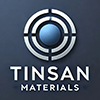Showing 109–120 of 672 results
-


- Wide Transmission Range (125 nm–10 μm): Ideal for deep UV, visible, and IR applications.
- Low Refractive Index: Reduces need for anti-reflective coatings.
- Minimal Birefringence: Suitable for precision optical systems.
- High Laser Damage Threshold: Critical for high-power laser optics.
- Excellent Chemical Inertness: Resistant to water, many acids, and most solvents.
- Thermal and Mechanical Stability: Supports use in demanding environments.
- Low Absorption in UV and IR: Maximizes optical throughput.
- Compatibility with Epitaxial Growth: Suitable for specialized semiconductor processes (e.g., GaN on CaF₂ substrates).
- Low Scattering and High Surface Quality: Essential for high-resolution optical systems.
-
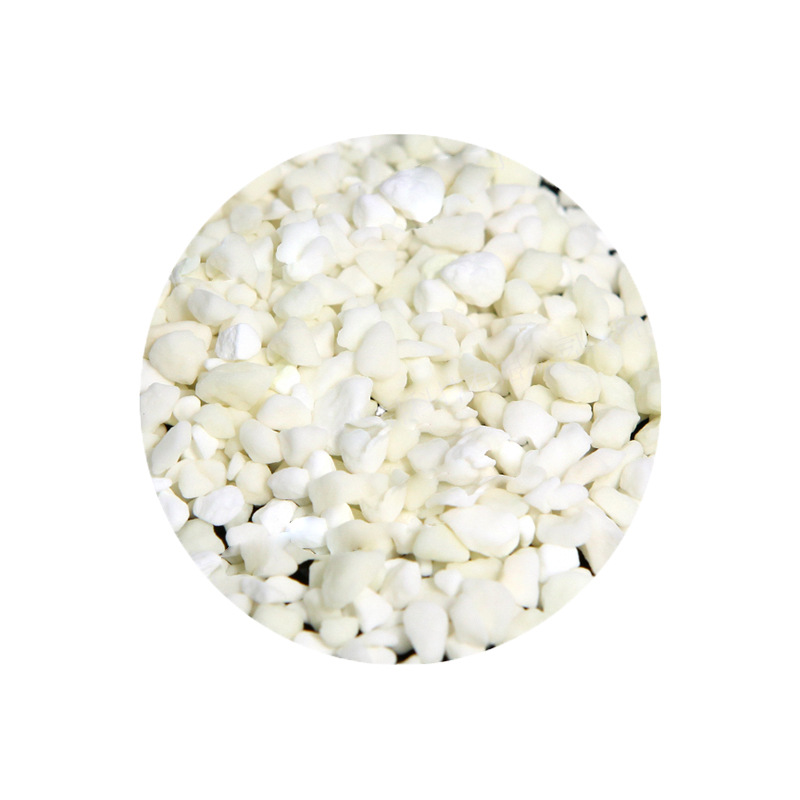
- High Melting Point: CaO has a melting point of around 2572°C, making it ideal for applications requiring heat resistance.
- Thermal Stability: The material offers excellent performance in high-temperature environments, making it suitable for industrial and aerospace uses.
- Good Optical Properties: CaO is transparent over a broad spectrum, from UV to visible light, which makes it useful in various optical applications.
- Chemical Stability: CaO thin films offer strong resistance to corrosion, enhancing the longevity of coatings in harsh environments.
- High Density: The material has a density of about 3.34 g/cm³, providing robustness in thin-film applications.
-

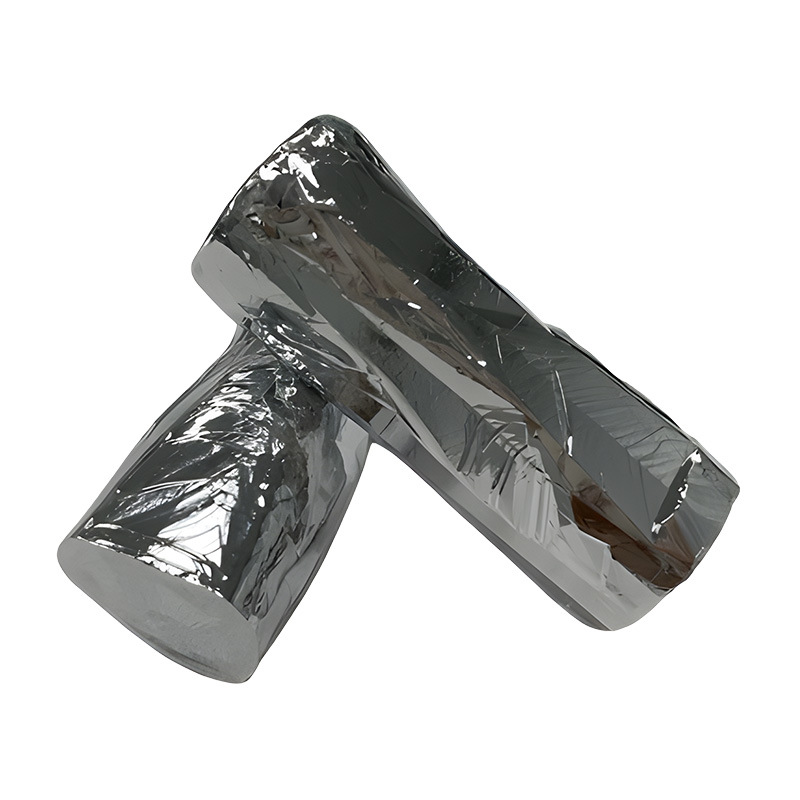
- High Purity: Cadmium pellets are typically available with purity levels of 99.9% or higher, ensuring the creation of defect-free, high-quality thin films.
- Low Melting Point: Cadmium has a relatively low melting point, making it easy to evaporate in deposition processes.
- Electrical Properties: Cadmium’s electrical conductivity and ability to form alloys make it valuable in semiconductor and electronic applications.
- Optical Properties: Cadmium thin films are used in optical devices due to their favorable reflective and refractive properties in certain wavelengths, especially in the IR and visible regions.
- Corrosion Resistance: Cadmium coatings offer protection from corrosion, especially in aerospace and marine equipment, by serving as a sacrificial layer to protect underlying materials.
-
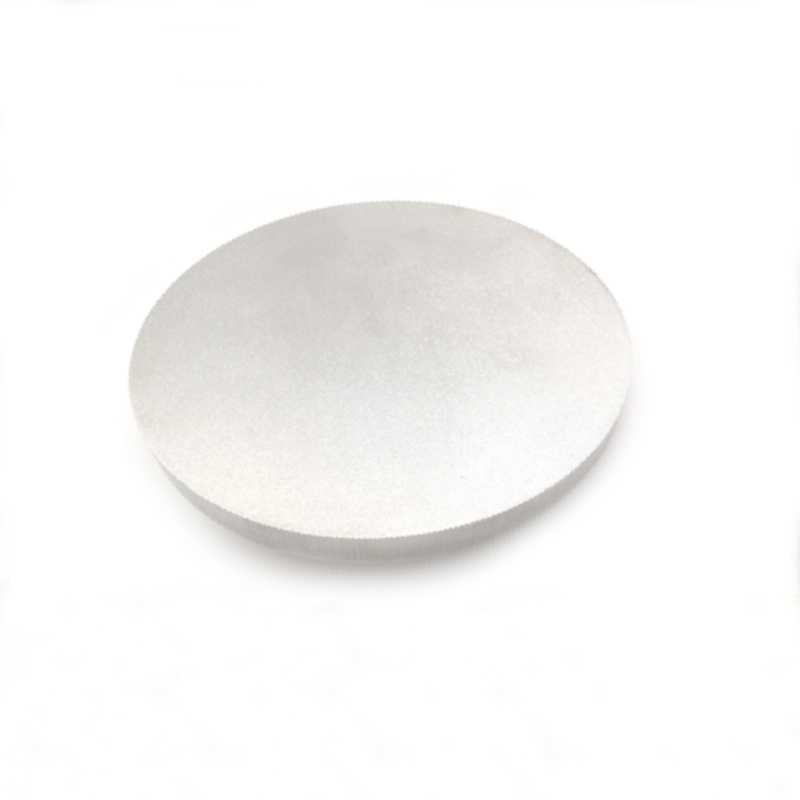
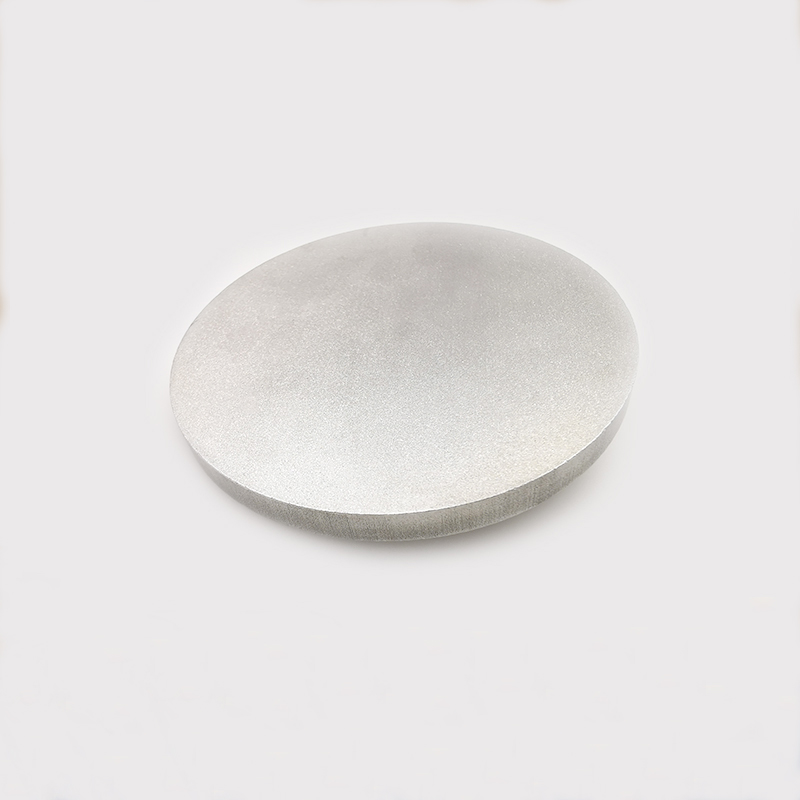
- Shapes Available: Circular (disc), rectangular, and custom-designed targets.
- Diameter Range: Custom sizes available.
- Thickness: Varies depending on application requirements.
- Surface Finish: Fine-polished to ensure uniform film deposition.
- Backing Plate: Available with or without bonding to enhance thermal and mechanical stability.
-
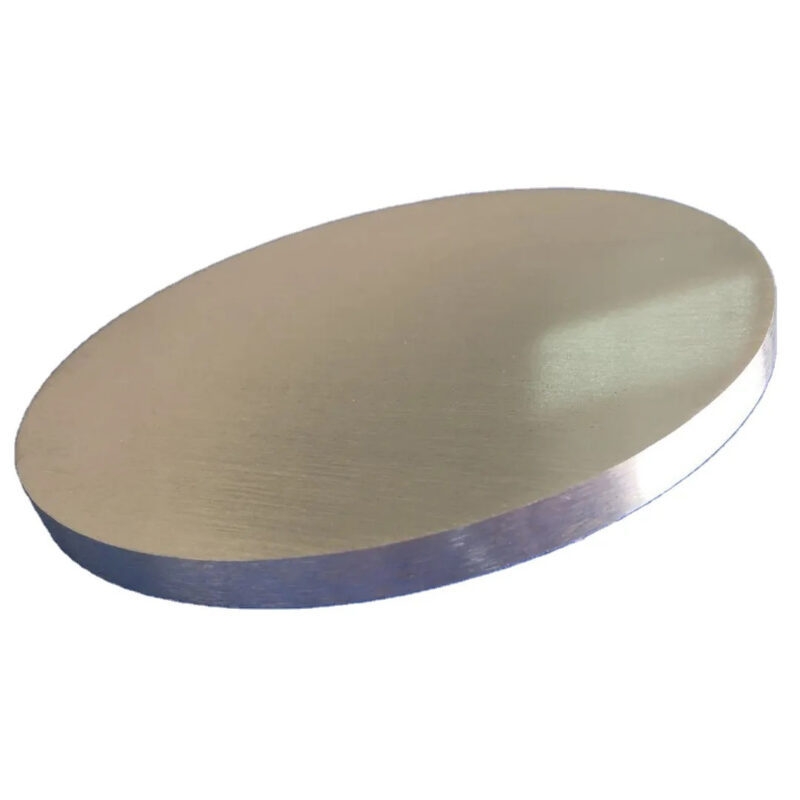
- High Electrical Conductivity: CdO is known for its good electrical conductivity, making it an excellent material for use in electronic and optoelectronic devices.
- Optical Transparency: CdO films offer transparency in the visible light spectrum, making them ideal for TCO applications.
- Good Chemical Stability: CdO targets provide stable films that resist degradation in various environmental conditions.
- Infrared Absorption: CdO’s strong absorption properties in the infrared range are advantageous for applications in IR optics and detectors.
-
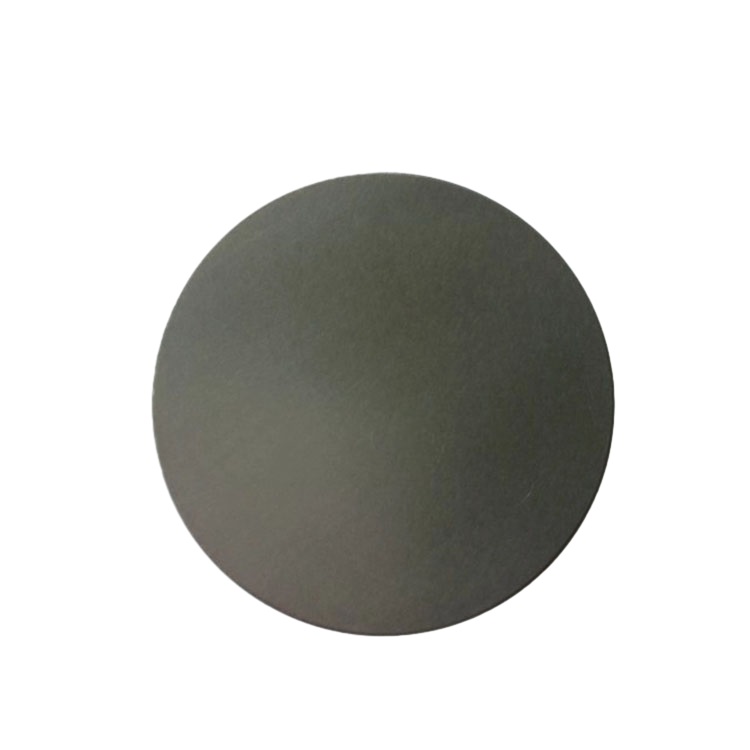
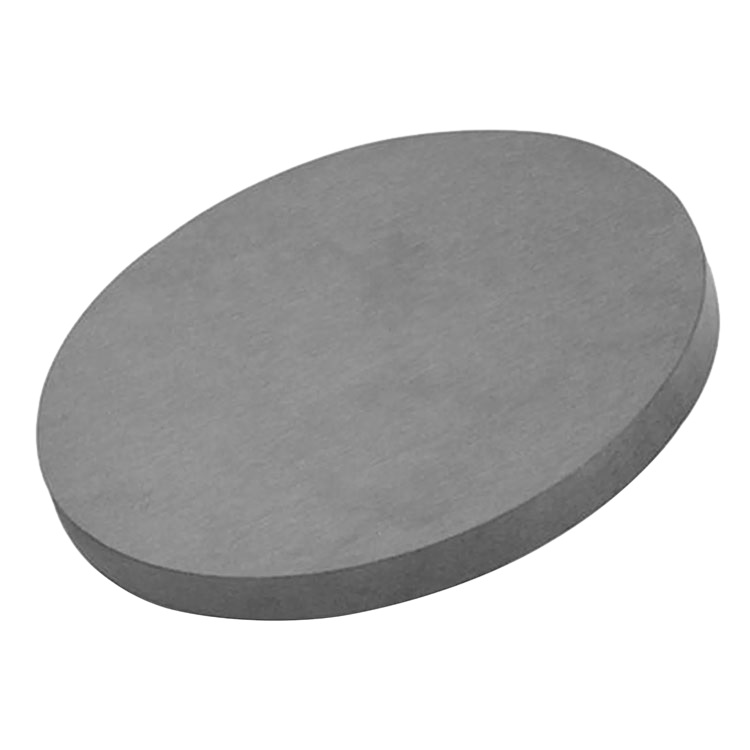
- Direct Bandgap Semiconductor: CdS has a direct bandgap (~2.42 eV), making it an excellent material for optoelectronic applications requiring high-efficiency light absorption and emission.
- High Transparency: CdS exhibits high transparency in the visible spectrum, making it an ideal candidate for window layers in photovoltaic devices.
- Stable and Efficient: CdS is a stable semiconductor with efficient electron-hole pair generation, which enhances the performance of solar cells and optoelectronic devices.
- Low-cost Semiconductor: Compared to other semiconductors, CdS offers a cost-effective solution for large-scale production in photovoltaics and other electronics.
-
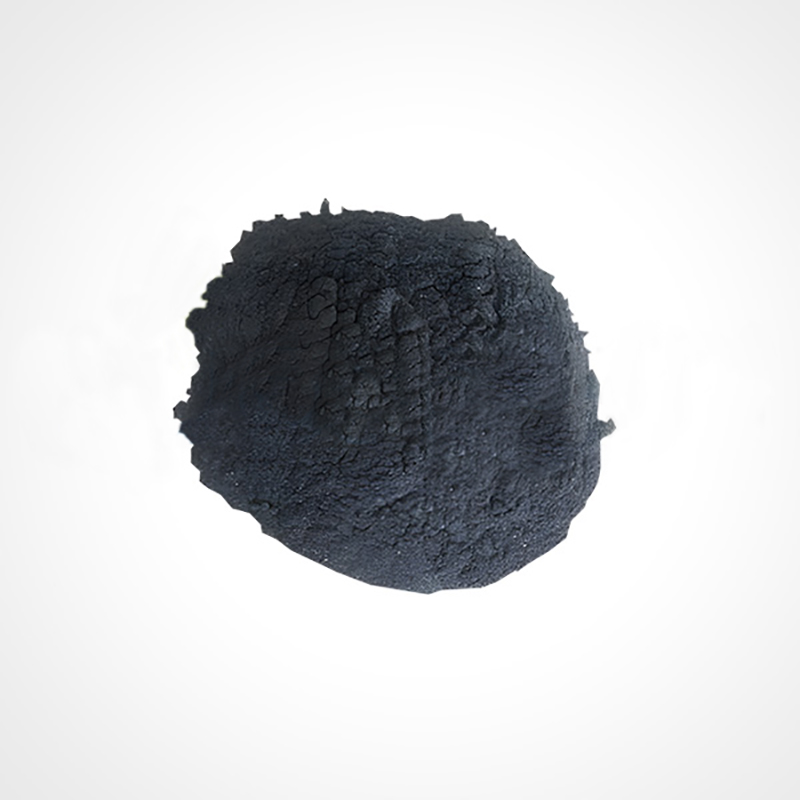

- Optical Properties: CdSe exhibits strong light absorption in the visible and infrared spectrum, making it an ideal material for optoelectronic applications.
- Electronic Properties: With a direct bandgap of approximately 1.7 eV (which can be tuned depending on particle size and synthesis methods), CdSe offers high photoresponsivity and efficient charge carrier transport.
- Thermal Stability: CdSe maintains good chemical and structural stability within a specific temperature range.
- Crystal Structure: It exists in either a cubic (zinc blende) or hexagonal (wurtzite) crystalline phase, each with distinct electronic and optical characteristics.
-
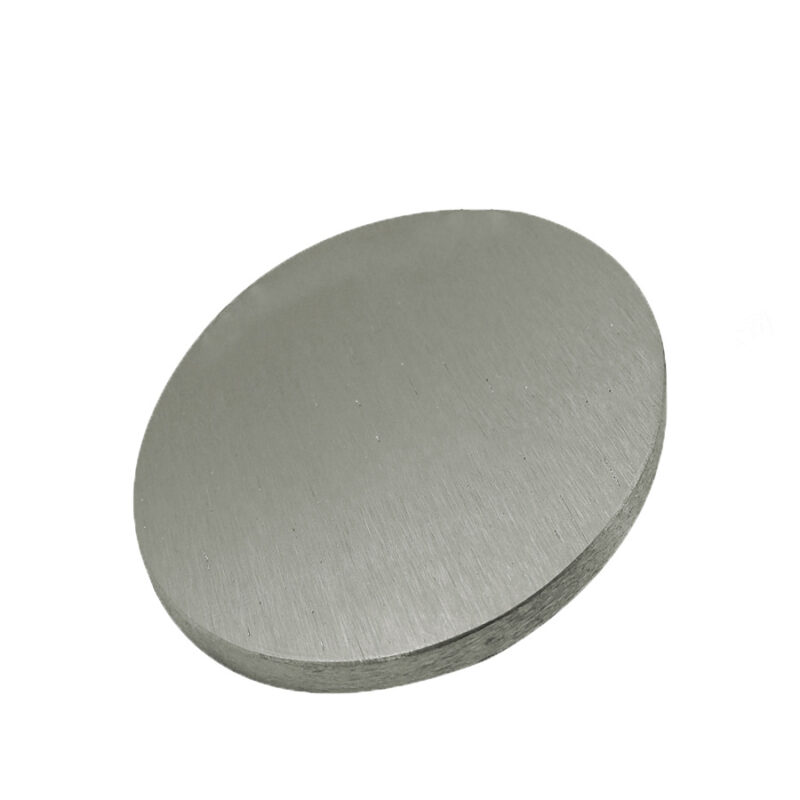
- Direct Bandgap Semiconductor: CdSe has a direct bandgap (~1.74 eV), making it ideal for optoelectronic applications such as light-emitting devices, lasers, and photovoltaics.
- High Absorption Coefficient: CdSe exhibits a high absorption coefficient in the visible range, making it suitable for applications in solar cells and photodetectors.
- Quantum Dot Applications: CdSe is widely used in quantum dots, offering tunable emission properties based on the size of the particles, enabling use in next-generation displays and medical imaging.
- Wide Range of Optical and Electronic Properties: CdSe offers tunable optical and electronic properties, making it useful across a wide range of applications from sensors to light-emitting devices.
-
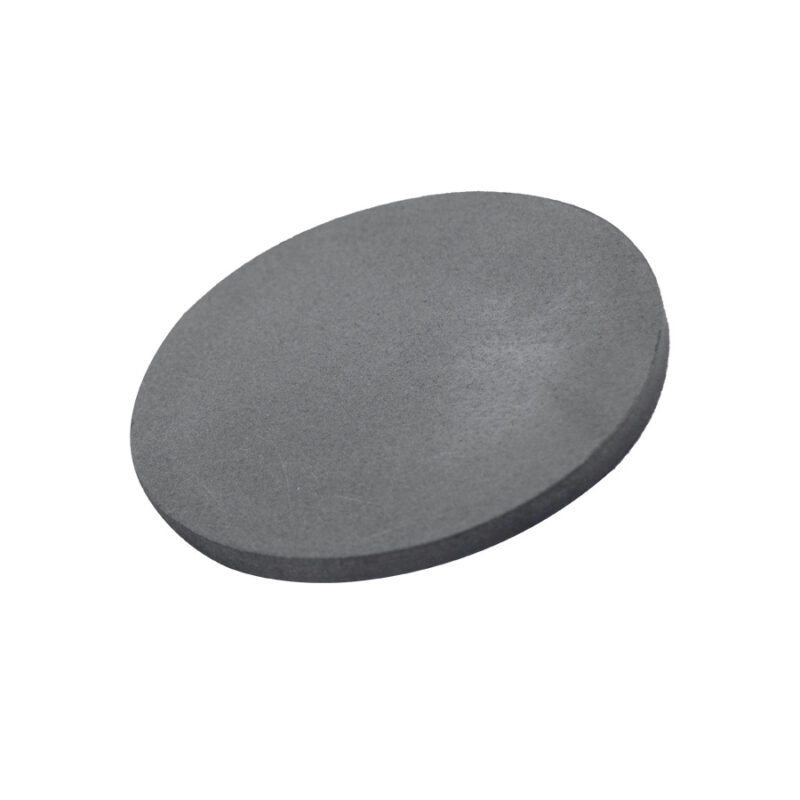
- Purity: Available at 99.9% or higher purity to ensure optimal film quality and performance.
- Oxidation-Reduction Properties: Cerium’s ability to switch between oxidation states (Ce³⁺ and Ce⁴⁺) makes it ideal for catalytic and energy applications.
- Customizable Size and Shape: Cerium sputtering targets are available in various forms such as discs, plates, and cylinders to suit different deposition systems.
- Thermal Stability: Cerium films offer high thermal stability, making them suitable for high-temperature applications like fuel cells and catalytic converters.
-

- High Transparency: CeO₂ offers excellent transparency in both the UV and visible spectral ranges, making it suitable for various optical applications.
- Thermal Stability: It has a high melting point and thermal stability, allowing it to perform well in high-temperature environments.
- Oxidation Resistance: CeO₂ exhibits exceptional resistance to oxidation, which enhances the durability of coatings in oxidative environments.
- Chemical Inertness: CeO₂ films are chemically stable and resistant to many corrosive environments, ensuring long-lasting performance.
- Catalytic Properties: CeO₂ is valued for its oxygen storage and release capacity, which is beneficial in catalytic processes.
-

- High Refractive Index: CeO₂ is valued in optical applications due to its high refractive index and transparency in the visible spectrum.
- Excellent Catalytic Properties: CeO₂’s strong ability to promote oxidation reactions makes it essential in catalytic applications.
- Dielectric Properties: CeO₂ has a high dielectric constant, making it suitable for thin film applications in the semiconductor industry.
- Chemical Stability: CeO₂ is chemically stable in harsh environments, ensuring the durability of thin films under various conditions.
-
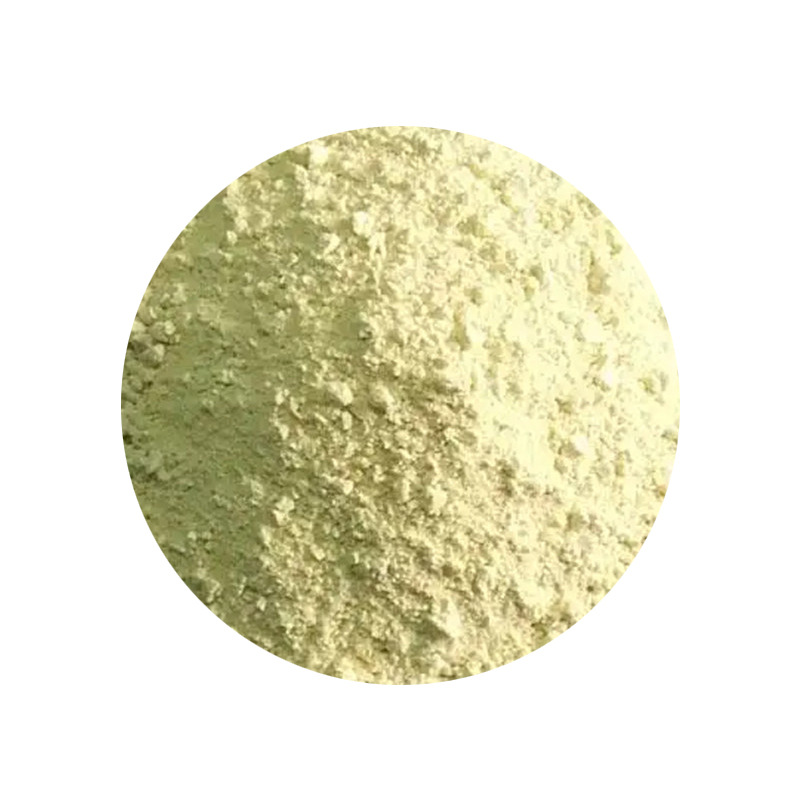
- High Purity: Purity levels up to ≥99.9999% for superior performance.
- Thermal Stability: Withstands high temperatures without degradation.
- Catalytic Efficiency: Promotes oxidation-reduction reactions effectively.
- Fine Particle Sizes: Available in nano (<100 nm) and micro (1–50 µm) grades or customized.
- UV Protection: Absorbs UV radiation, suitable for protective coatings.
